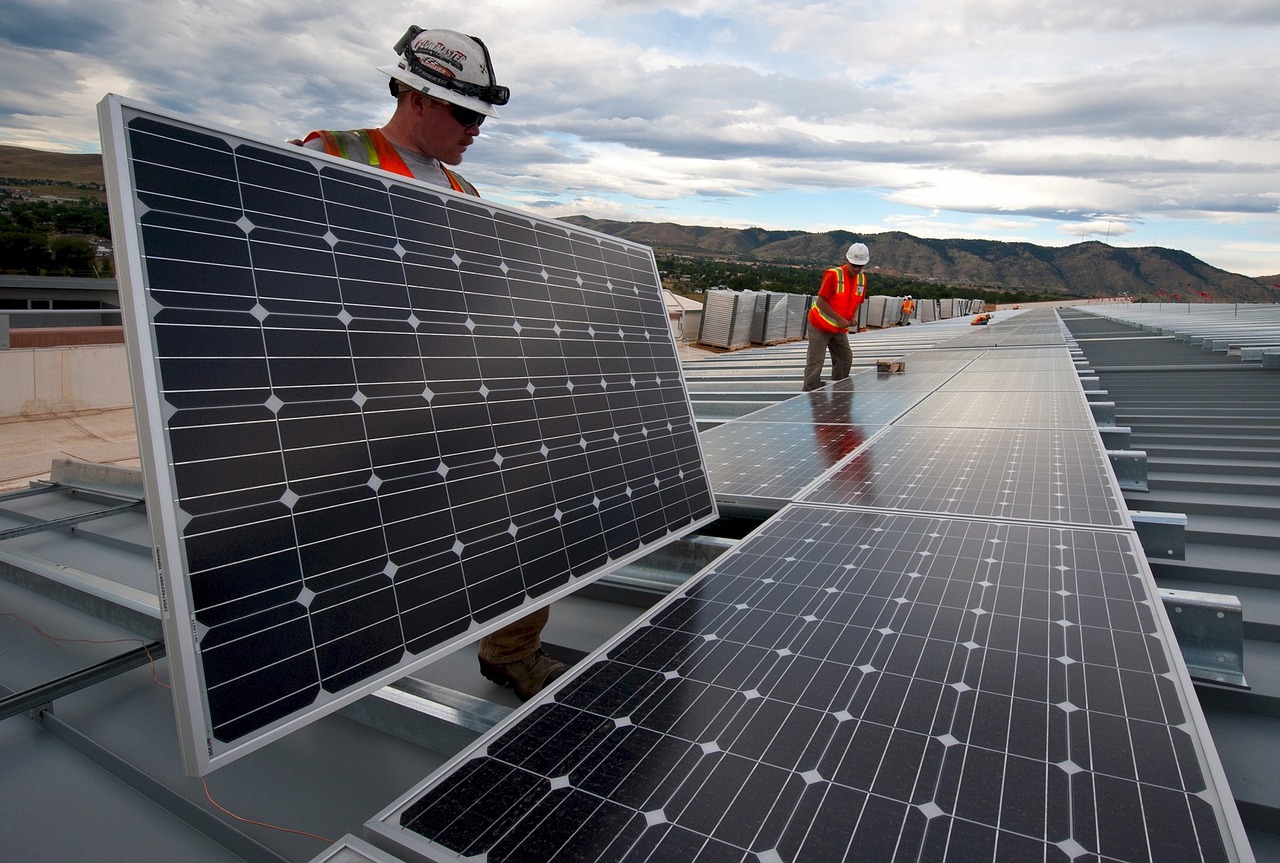
When President Trump approved a 30% tariff on solar panel module imports back in January, he sent the solar industry reeling. For a $28 billion industry that relies on foreign imports for nearly 80% of its supplies, it was an aggressive and crippling move. Opposition from the U.S. solar industry was fairly unified. “It boggles my mind that this president – any president, really – would voluntarily choose to damage one of the fastest-growing segments of our economy,” said Tony Clifford (of Standard Solar, a solar installation company).
Background
Two foreign-owned companies, Suniva and SolarWorld, requested the tariff after claiming inexpensive imported panels caused injury to their manufacturing businesses based in the United States. The Solar Energy Industries Association (SEIA) was a vocal opponent of the tariff and pointed out that Suniva and SolarWorld represented 1% of jobs in the industry, while the tariff would likely affect a much higher percentage of industry jobs. The group initially estimated the tariffs would double the price of solar panels and cost the industry 88,000 jobs next year, or 1/3 of the workforce. They’ve since revised that estimate to 23,000 jobs in the first year. SEIA also stated that both Suniva and SolarWorld were in bankruptcy and looking for U.S. government protection because their companies failed to compete.
“The relief sought by Suniva and SolarWorld would exacerbate the underlying problem of an excess global supply of solar cells and modules by severely limiting the U.S. market. Raising trade barriers and inhibiting the import of fairly-traded goods will not jumpstart U.S. cell and module manufacturing,” SEIA said in a factsheet.
In addition, it was argued that the tariff was not likely to stimulate American investment in solar manufacturing, considering Asian manufacturers are far ahead in the game. The tariffs are designed to decrease each year by 5% and expire after four years, leaving little time for investors to recoup costs on expensive factories before the U.S. opens up again to less expensive imports.
The tariff went into effect on February 7th, 2018.
Hope for the Solar Industry
While the tariff brings new challenges to the solar industry, there is still reason to be optimistic.
Some solar installers will be able to absorb the cost of the tariff without having to layoff staff and others have suggested their customers are willing to pay more because demand is so high. Hugh Bromley, an analyst at Bloomberg New Energy Finance, projected the tariff would increase costs for large solar farms by 10% and for smaller residential systems by 3%.
The solar industry is booming. Corporations are increasingly investing in solar to save utility costs and improve their public image. Amazon is currently powering half of their energy needs through renewable energy and has a goal of 100% over the coming years. Target, Apple, IKEA, Costco, Wal-Mart, and General Motors are other major companies leading the way in solar investment.
According to Forbes, “Solar customers span the market. They are high tech and retail, as well as smaller commercial and industrial enterprises. Santa Barbara-based Wiser Capital has said that 83% of the small-to-mid-size company managers that it surveyed will be investing in solar energy projects by 2020.”
The solar industry provides jobs. The tariff will likely slow solar investment and limit job growth in what was previously expected to be the fastest growing employment field in the U.S. (in 2017, the U.S. Bureau of Labor Statistics projected Solar Photovoltaic Installer jobs would increase 105% over the next decade, the highest growth rate of all American jobs); however, any dip will likely be reflected in new job creation and not in layoffs of current solar installers. While projections in job growth may not be as bright due to the tariff, solar job opportunities will continue to be in demand as solar provides well-paid, skilled trade opportunities. According to the Solar Foundation’s Solar Census, 93% of solar installation companies do not require a college degree for new hires and yet the median wage in 2016 was $26 per hour for installation jobs and $45 per hour for sales and distribution workers. There is no stopping an industry that creates stable and lucrative opportunities for American workers.
Just days ago, a bipartisan bill was introduced to repeal the tariff (Protecting American Solar Jobs Act – H.R. 5571).
“This bipartisan legislation is an important step in countering the harmful impact of tariffs on the solar industry,” said Abigail Ross Hopper, President and CEO of the SEIA. “Across the country, the rise of solar has generated thousands of new jobs and provided communities with clean, sustainable power. It is clear that solar is the energy of choice for Americans and we must do what we can to allow this economic engine to continue to advance here in the U.S.”

